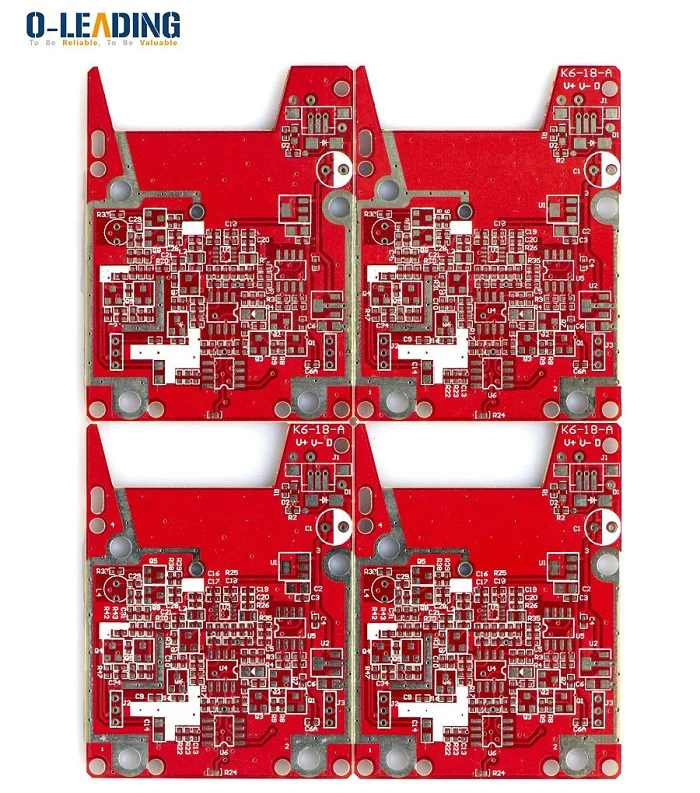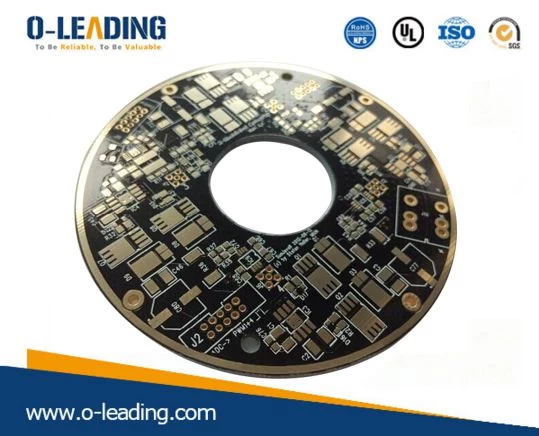Do you know how many aerospace circuit boards 2
The engine may die, and the aircraft can still fly on one engine. The same is true for electronic products. If a circuit board fails, it usually provides a backup for the system.
If there is no backup system, will you board SpaceX BFR?
Choose a standardized process manufacturer
When you choose a manufacturer to manufacture circuit boards for aerospace and aerospace, ensure that each process is standardized and repeatable. You must have process control and measurement to ensure that repeatability is always 100%. Customers can request data from the manufacturer's process. Many satellite customers will require DPA-type analysis, basically to destroy good products to prove that you have the appropriate plating thickness, etc., until SPC process control analysis of all your different processes.
The design must be designed to be reliable, and the manufacturer needs to be set up to build it to obtain a reliable process.

Wholesale double layer pcb red S/M and LF-HASL surface treatment
Forget RoHS
RoHS initiatives in defense, aerospace and aerospace will never be applicable. One reason is that aerospace may never leave leaded HASL. The risk is too high. Moving to different surface treatments, turning to different SMTs, and raising the risk of temperature actually increases the potential risk of aerospace products. I often deal with most aerospace customers, and it is absolutely meaningless to see a RoHS type plan in the aerospace field. It is always HASL.
You can use different surface treatments. For example, you can use ENIG, but in the assembly process, you need to use lead-containing materials.
Packaging electronics
On airplanes, most electronic products, such as engines, are in exposed environments. The only electronic equipment inside will be your entertainment system, all kitchen lighting systems, etc. The cockpit is also a controlled environment. However, there is no difference between the internal and external body. You build electronic devices in exactly the same way. They must be packaged and controlled.
The fuselage, engine and wing electronics are basically encapsulated in a sealed box. Therefore, the circuit board itself will not be exposed to any elements. But they are affected by temperature, heat and cold cycle every day.
Test, test and more tests
Electronic products must enter a set of different test requirements to ensure that they will not fail. Many satellite customers have their own vacuum chamber where they can cycle the temperature of their products. They must imitate objects such as zero gravity in a vacuum. They need to be from -50 degrees to +125 degrees, depending on whether they are working in low orbit or geostationary satellites.
In aviation, if you imagine the engine controller on an aircraft, one of which is located in Alaska, and a similar aircraft is located in the desert of the Middle East, now you can see huge temperature changes. When an aircraft moves from one environment to another, you need to ensure that the aircraft can handle it. When the aircraft is up to 10,000 feet, it is at -50 degrees, which means that any exposed electronic equipment must be able to withstand this temperature. Obviously, it will face an elevated temperature when it falls on the ground. The aircraft must cycle through these temperatures multiple times a day.
Therefore, when you manufacture circuit boards for the aerospace industry, it requires a complete set of test loops. You need to skip these test loops to prove that the design is reliable. You need to be able to create reliable designs for these types of environments.

Oem Pcb Board Manufacturing china
Don't be afraid of paperwork
IPC 6012DS is a famous document required for military and space. It is basically an enhanced IPC Class 3. Your release requirements, quality requirements, minimum plating, etc. are all improved within these specifications.
In the field of aviation and aerospace, paperwork is huge. The quantity of quality control, test, report, microsection analysis, FAIRS, etc. is very strict. For satellite customers who have just elevated it to a level, it is even stricter. Normally, you can perform 100% micro-slicing of IPC Class 3. Some satellite customers account for 200% of the microsections. They just want to make sure everything is built the way they want, and their own specifications are even beyond the scope of IPC Class 3A. They are very strict with design rules and very strict with process control and release.
































